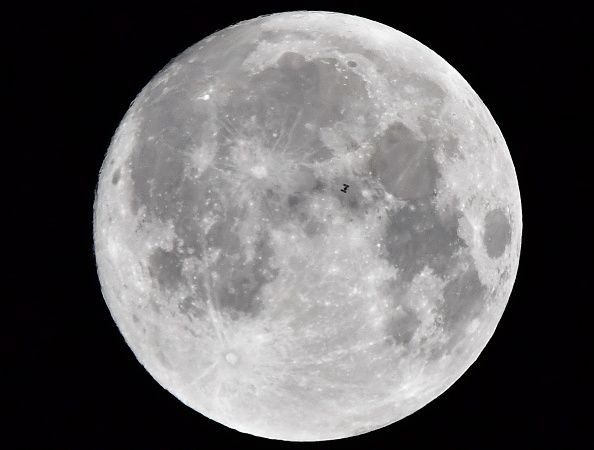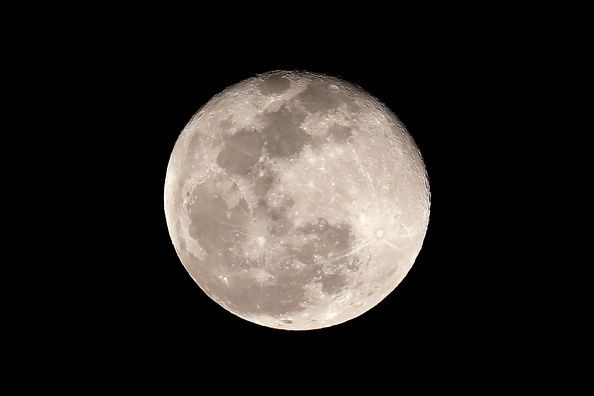NASA Moon Mission Will Land On Dark Side Of The Moon

NASA has recently confirmed that it is planning on sending astronauts to the dark side of the Moon in its upcoming lunar mission. This will mark the first time that humans will set foot on this region of the Moon.
On June 2, NASA shared images of the Moon taken by astronaut Christina Koch aboard the International Space Station. It then used the images to discuss the Artemis mission, which is the space agency’s upcoming lunar program in 2024.
As our path to the Moon for the #Moon2024 Artemis mission prepares to return astronauts to the lunar surface within five years, take a look at the Moon seen setting by @Astro_Christina on the @Space_Station! More on our Artemis mission: https://t.co/oiumSom7D7 pic.twitter.com/DMLqieCQrX
— NASA (@NASA) June 2, 2019
According to NASA’s Moon Mission page, Artemis will serve as the successor of its previous Apollo mission. The program aims to initiate a new mission that will send astronauts to the Moon.
Unlike the previous Apollo mission, Artemis will focus on a region in the Moon that hasn’t been explored before. NASA noted that the target of the 2024 mission will be the Moon’s south pole, which is the area that is always facing away from Earth.
Contrary to popular belief, the Moon’s far side is also referred to as the dark side not because of the absence of light in the region. Instead, it got its nickname because it always remains unseen from Earth’s perspective.
The mission will serve as a historic move for NASA since it will be the first time that humans will land on the far side or the Moon’s South Pole. This region houses the largest crater in the Solar System, known as the South Pole – Aitken basin.
To accomplish the momentous task, NASA has formed partnerships with various space agencies from different countries. With assistance from the European Space Agency and the Canadian Space Agency, NASA’s first step in accomplishing the 2024 Moon mission will be the construction of the Gateway, a large spacecraft that will serve as a jumping point for its lunar expedition and other deep space projects.
NASA’s future expeditions will not end with the Moon. Following the lunar mission in 2024, the space agency will continue to launch other explorations through the Artemis program. Currently, the goal of NASA is to carry out a manned exploration to Mars, which is expected to happen sometime in 2030.

© Copyright IBTimes 2024. All rights reserved.




















